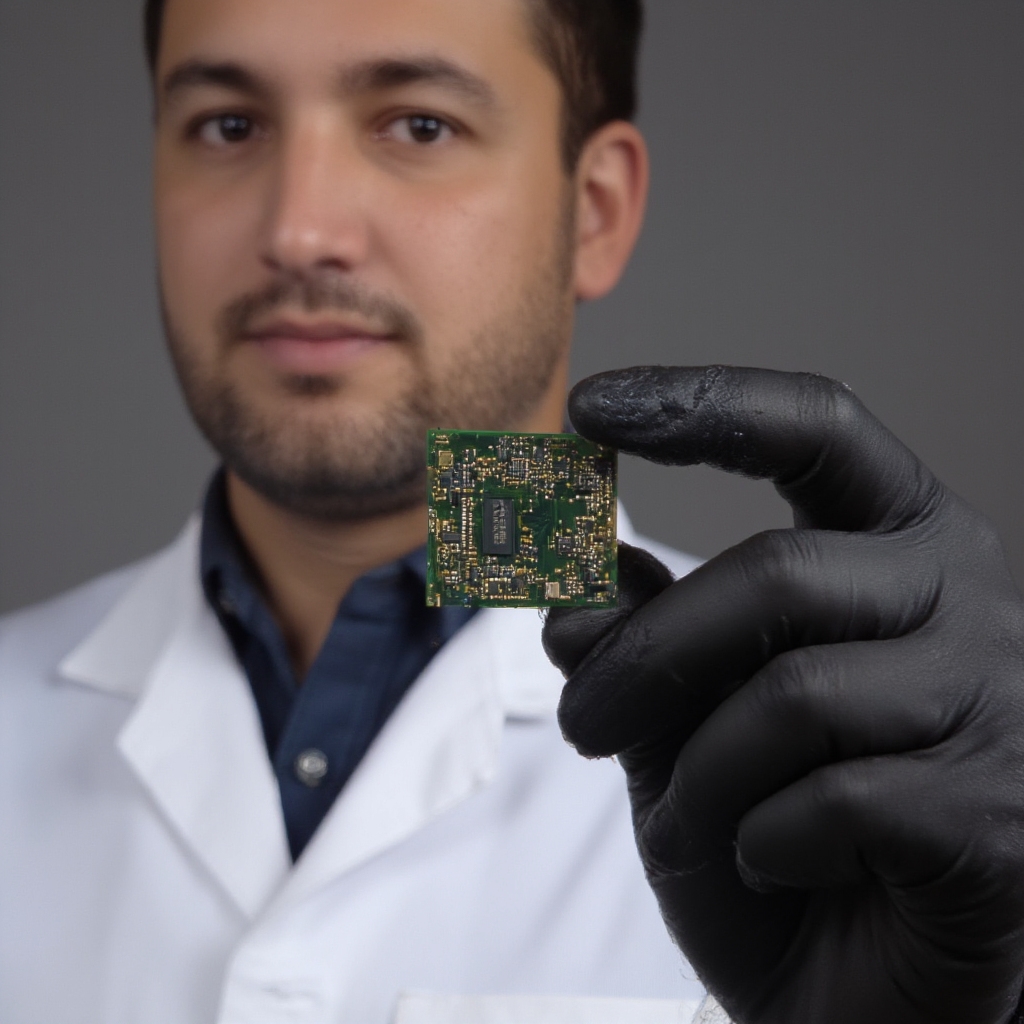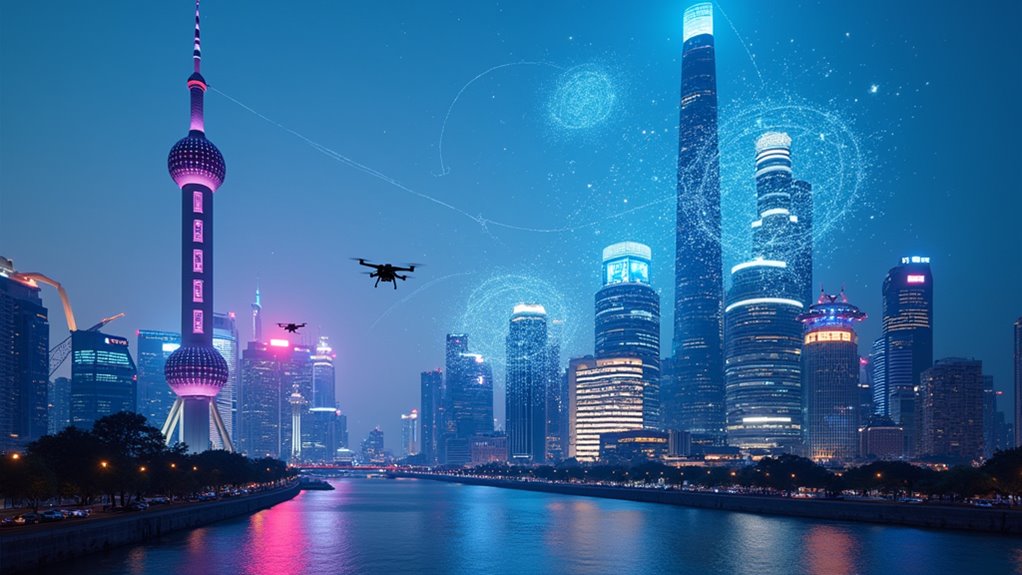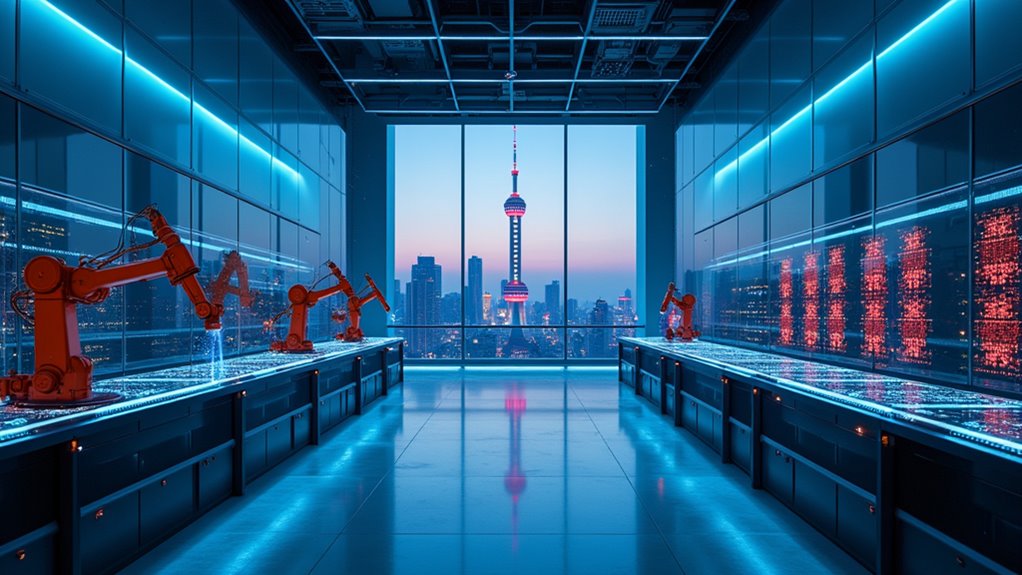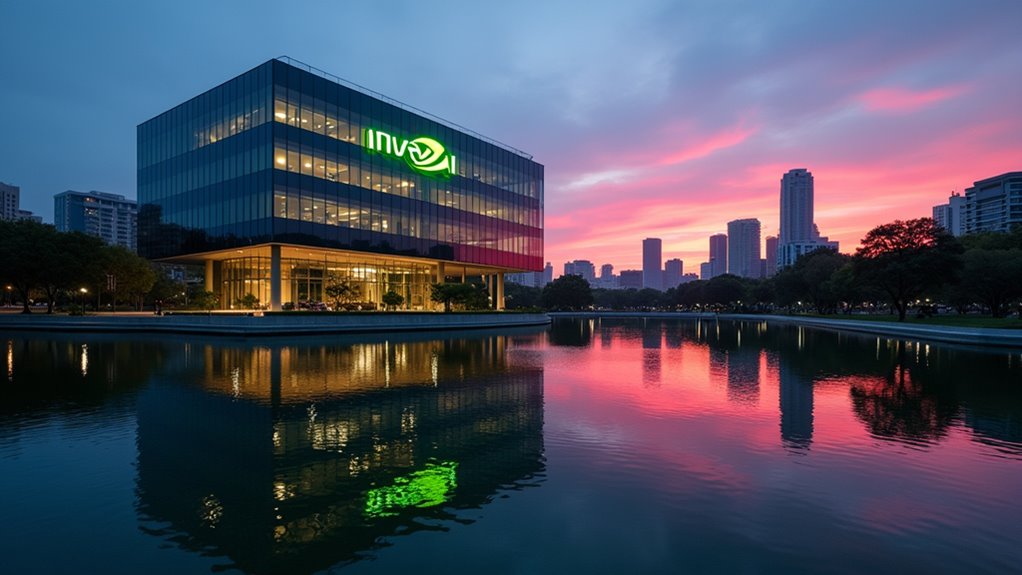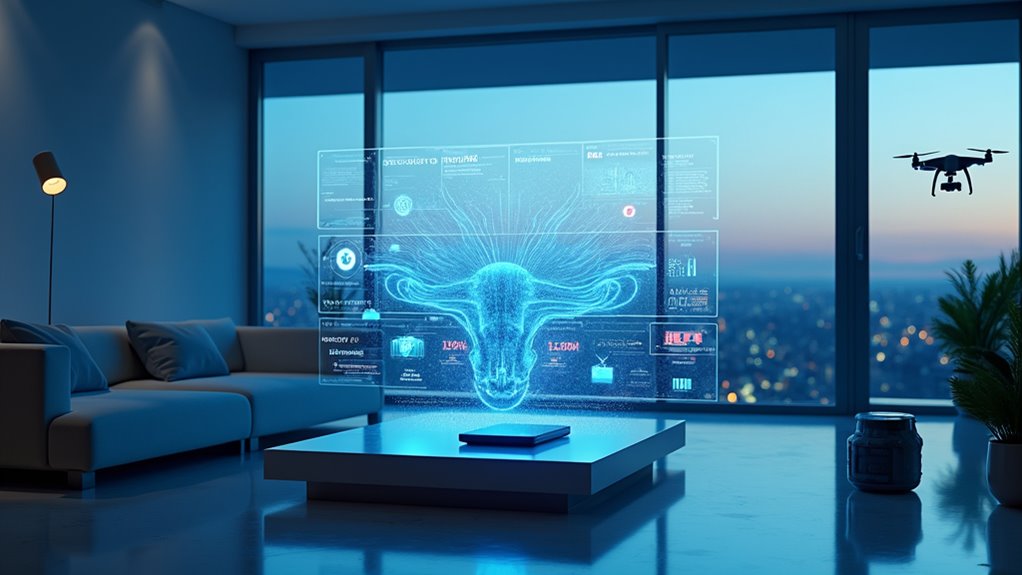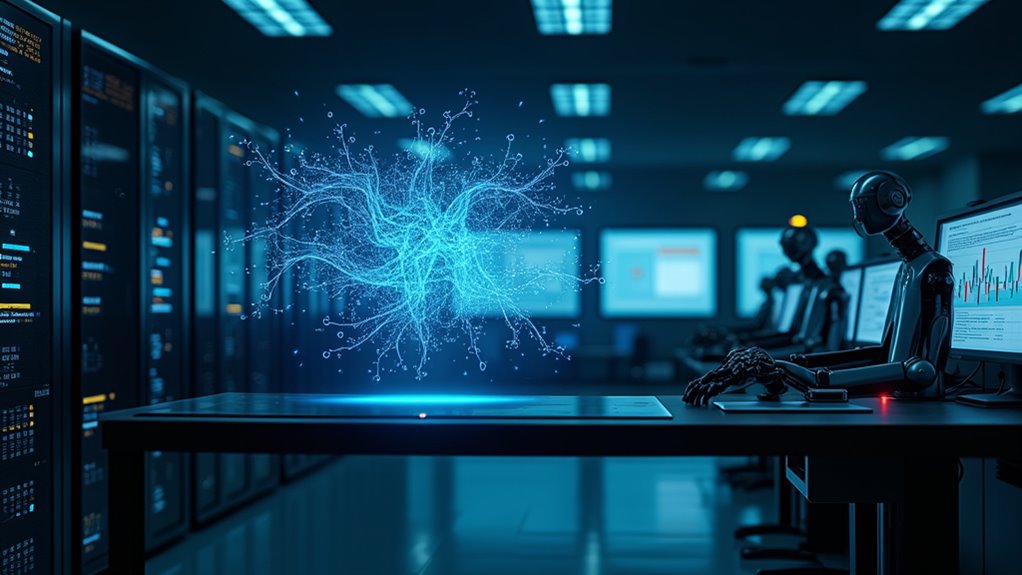While tensions between the U.S. and China over tech exports have been a constant headache, Nvidia just caught a major break. The Trump administration’s sudden reversal on planned export controls for the H20 chip – Nvidia’s most advanced AI processor legally available in China – came after what might go down as the most consequential dinner at Mar-a-Lago yet.
Who knew a single dinner with Nvidia CEO Jensen Huang could change the course of international tech policy? The timing couldn’t be better for Nvidia, as Chinese tech giants like ByteDance, Alibaba, and Tencent have already placed a staggering $16 billion in orders for H20 chips in early 2025. Talk about working up an appetite for AI processors.
The reversal marks a dramatic shift in the U.S. approach to AI chip exports. Since October 2022, when the first restrictions hit Nvidia’s A100 and H100 chips, it’s been a game of technological whack-a-mole. Nvidia would create less powerful alternatives like the A800 and H800, and the U.S. would restrict those too. The senior export expert Matthew Boreman’s departure from BIS amid widespread staff exodus only complicated enforcement efforts.
The H20 emerged as Nvidia’s golden ticket to the Chinese market – until it almost wasn’t. But money talks. Nvidia’s commitment to new U.S. investments in AI data centers apparently spoke volumes. Never mind that Senators Warren and Hawley had been pushing for stricter controls. One fancy Florida dinner later, and those concerns seemingly evaporated into the balmy Palm Beach air.
The implications are massive. With Chinese orders flooding in, there’s genuine concern about potential shortages affecting other regions. It’s simple math: when $16 billion worth of orders land on your desk, manufacturing priorities tend to shift. Global supply chains are about to get even more interesting – and not in the fun way. Companies like DeepSeek are already using these chips to develop R1 open AI models that rival U.S. technology.
For now, Nvidia’s threading the needle between U.S. regulations and Chinese demand. But in the high-stakes world of AI chip politics, today’s dinner conversation could become tomorrow’s international incident. Who knew semiconductors could be so spicy?
